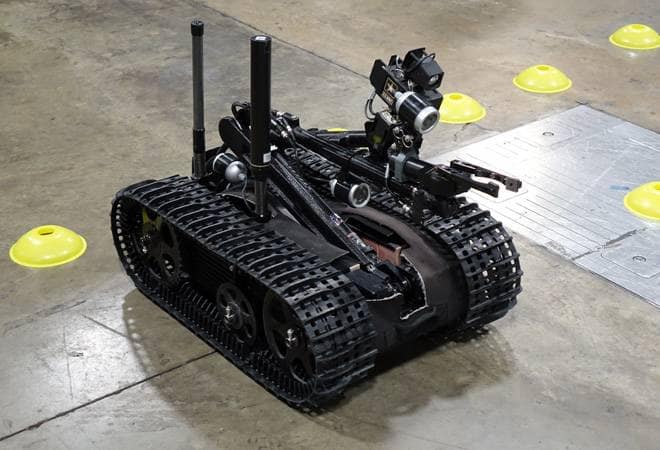One of the deadliest weapons in modern warfare is mines. They are considered the ideal soldier in the armed forces: Always courageous, never tired, and never misses. The cost-effectiveness and simplicity of mines is important in explaining their extensive application in many countries facing the threat of mines today. The goal of civilian or humanitarian demining is to find abandoned mines and remove them without damaging the surrounding environment.
According to the Landmine and Cluster Monitor, 62 states are affected by anti-personnel mines. There are an estimated 110 mln live mines. Ground mines have killed over 5000 people, 46% of the kids, and between 15,000 and 20,000 people, a year are wounded. This acute threat impedes economic development in prosperous areas in the affected countries. Anti-personnel mines are planted in fields, in forests, near springs, sources of water, and hydropower plants, rendering them unusable or usable only at considerable risk. In Afghanistan and Cambodia, agricultural production could double if landmines could be eliminated.
Thanks to international initiatives, at least 200 km2 of contaminated land were cleared in 2017, and more than 230,000 anti-personnel mines and 11,500 anti-vehicle mines were defused. In the past 5 years, some 976 km2 of mined land has been cleared, nearly 1.48 mln landmines have been destroyed and over 82,000 antipersonnel landmines and anti-vehicle mines have been removed.
Yet nothing has yet reached the scale of the humanitarian demining effort to remove anti-personnel mines and unexploded ordnance from large areas of the world's mined areas.
While the basic methods for detecting and clearing landmines have remained the same, demining technologies have greatly improved, with more than 2,000 types of mines worldwide, including more than 650 types of anti-personnel mines.
Currently, standard demining technologies make the removal of numerous landmines a very slow, time-consuming, costly, inefficient, extremely dangerous, and stressful procedure.
If demining continues as it is now, and no new mines are planted, it will take 1,100 years to remove all the world's active mines using conventional approaches.
Robotics systems can provide a practical, reliable, fast, and cost-effective solution to mine and UXO contamination.
Humanitarian Demining Competition
The "Mine Detectors: Towards a Mine-Free World" competition was created to promote research in robotics and its application to humanitarian demining work.
The event aims to raise public awareness of the severity of landmine and unexploded ordnance remnants (UXO) contamination and to promote research and applications of robotics in humanitarian demining around the world.
The Robotics Competition is a stimulating and encouraging platform for students, developers, and the general public to present their work to a wide audience with media coverage.
In this competition, participating teams develop an autonomous unmanned ground/air object to search for buried and surface anti-personnel mines and UXOs. The location and appearance of detected objects are visually displayed and plotted on a map of minefields. When performing the task, the robot can move through rugged terrain that simulates an absolute minefield.
Purpose of the competition.
The "Mine Detectors" competition has two goals. The first is to provide a wide range of technical challenges that motivate new research and mobile robotics technology in humanitarian demining. The second is to provide a training workshop on various aspects related to mobile robotics and humanitarian demining, with answers to the most common questions.
Numerous webinars covering topics such as unmanned ground vehicle control, drones, robot control and navigation, robot operating systems (ROS), anti-personnel mine recognition, radio communications and multi-robot systems are organized to help participating teams develop robots for demining.
The main goal of the Minesweepers competition is to bring new strategic challenges to life, foster technological innovation and skills development, and serve as an educational and research forum for finding reliable, safe, responsive and cost-effective mine clearance solutions in many of the world's most affected countries.
This competition also encourages all participants to form projects to develop technologies for surveying and mapping minefields and to create new companies and industries. In addition, the application of the robots participating in the competition can spread to other fields such as security and surveillance, search and rescue, civil infrastructure monitoring, pipeline monitoring and environmental monitoring.




